-
Smart Buy Savings¤132.00 - ¤566.00
Pros: Powerful for the segment; available plug-in hybrid; sporty driving experience; good tech
Cons: Priced like a compact SUV, but has the interior space of a subcompact; GT's relatively low mpg
If you’re seeking the performance and driving experience of a compact luxury SUV with a mainstream brand’s price tag, the 2024 Dodge Hornet should fit the bill nicely. Most mainstream compact SUVs don’t even bother offering engine upgrades with the sort of power the Hornet GT produces as standard, while the Hornet R/T plug-in hybrid can rocket to 60 mph in 5.6 seconds. In addition to straight-line performance, the Hornet provides more responsive handling and overall refinement than the mainstream norm thanks to effectively being the Dodge-badged version of the Alfa Romeo Tonale. It’s even built in Italy.
If all of this sounds great, you’re not wrong. There is an awful lot to like about the Hornet, but you just know there’s a “but” coming. That would be the fact that the Hornet may be priced and equipped like one of those mainstream compact SUVs, but it is considerably smaller. The back seat is cramped, and the cargo area is less useful than almost every subcompact SUV we've tested. Even the Mazda CX-5, which also sacrifices some utility for style and driving verve, is considerably more practical. Similarly, the R/T suffers the same, poor size-to-price ratio in comparison to other plug-in hybrids, such as the Kia Sportage PHEV and Toyota RAV4 Prime.
We’re pretty sure more people buy compact SUVs for their overall utility – why else would they have gotten so much bigger over the years? While the Hornet provides an interesting alternative, it is just that: an alternative choice for those, likely without children, who prioritize performance over utility and are willing to pay more for that tradeoff.
Interior & Technology | Passenger & Cargo Space | Performance & Fuel Economy
What it's like to drive | Pricing & Trim Levels | Crash Ratings & Safety Features
What's new for 2024?
The Hornet was technically all-new last year, but wasn’t actually on sale for much of it. This will therefore be its first full year, which sees the official introduction of the R/T plug-in hybrid. It features 32 miles of all-electric range, which is a bit less than rival PHEV SUVs, but it’s also more performance-focused, and with its PowerShot mode, can hit 60 mph in 5.6 seconds. That’s how a hybrid ends up with Dodge’s performance-oriented R/T badge. Elsewhere in the lineup, the two Plus trim levels gain a hands-free power liftgate.

What are the Hornet interior and in-car technology like?
Overall interior quality is high, with a few Alfa Romeo pieces of switchgear thrown in for good measure – most notably the grippy steering wheel and R/T’s enormous paddle shifters. It’s a generally sporty, premium look, but then that’s not unusual these days for compact SUVs. The bar is much higher than it used to be, and to Dodge’s credit, the Hornet clears it.
The 10.25-inch touchscreen you see here is standard on every Hornet and features the latest Uconnect5 touchscreen interface, complete with a widescreen layout. Like past versions of Uconnect, this one is easy to use and features crisp, colorful graphics. Apple CarPlay and Android Auto are included, and we appreciate that the Uconnect menu buttons remain on the screen, making it easy to go between the Dodge and Apple/Android interfaces. All trim levels also get a fully digital 12.3-inch instrument cluster, though the layout and design can’t be changed much.
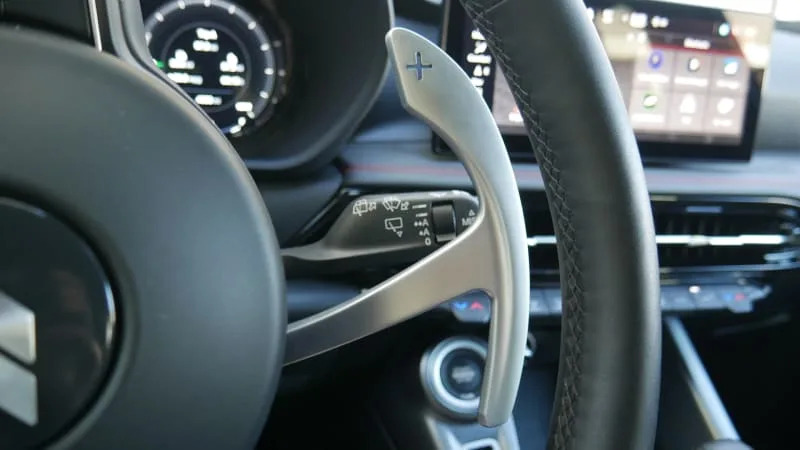
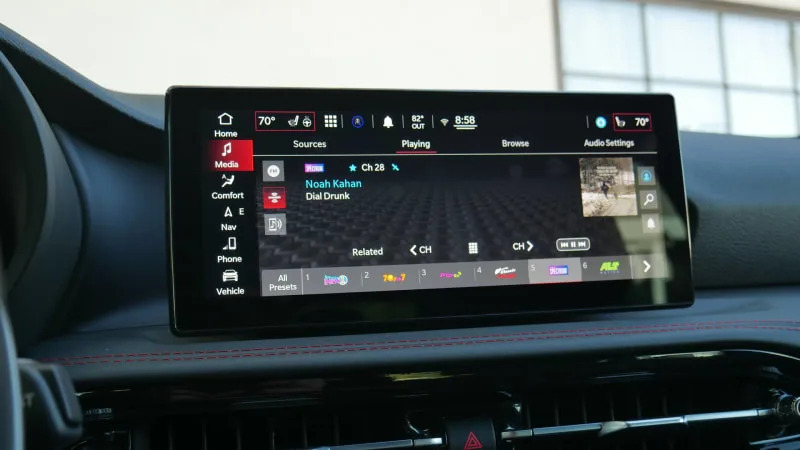
How big is the Hornet?
While the Hornet is priced and equipped like a compact SUV (think a Honda CR-V, Kia Sportage, Mazda CX-50), it is sized more like a subcompact one. The back seat is cramped – longer-legged drivers won’t leave much room for those in back, and you’ll struggle to fit a rear-facing child seat inside without moving the front passenger seat up to a near-useless position. Kids in front-facing child seats are also bound to be kicking the seat (you’re right, you could ask them to stop; let us know how that goes).
The cargo area is undersized for the price point by an even greater degree. The GT has 27 cubic-feet of space behind its raised back seat, which is less than every compact SUV. The plug-in-hybrid R/T has only 22.9 cubic-feet, which would put it midpack among subcompact models on paper, but in our testing, it was actually less useful than nearly all subcompacts we've tested.

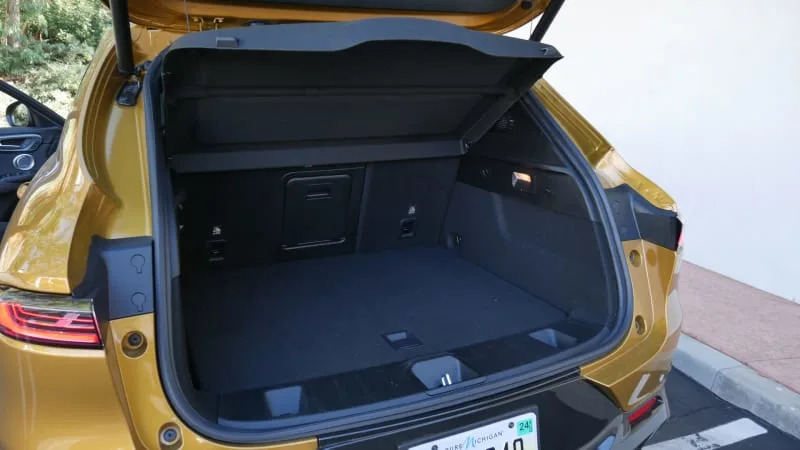
What are the Hornet fuel economy, electric range and performance specs?
The Hornet may be small for its price tag, but the tradeoff is a lot more standard power. The Hornet GT features a 2.0-liter turbocharged inline-four that produces 268 horsepower and 295 pound-feet of torque. It has a nine-speed automatic and standard all-wheel drive. Few compact SUVs (let alone subcompact ones) offer gas-only powertrains with this sort of oomph – only the Mazda CX-5 and CX-50, plus most luxury models. Not surprisingly, though, you pay for this performance at the pump. EPA fuel economy estimates stand at 21 mpg city, 29 mpg highway and 24 mpg combined. Admittedly, that’s the same as the Mazdas, but also 4 to 5 mpg combined worse than the CR-V and others.
If you’re seeking fuel economy, though, the 2024 Hornet R/T is a plug-in hybrid. It can travel 32 miles on electricity alone, and achieves a miles-per-gallon-equivalent rating of 77 mpg-e. That’s considerably lower than the RAV4 Prime and other plug-in hybrids, but then, they don’t pump out the power like the Hornet can. Its electric motors combine with a 1.3-liter turbocharged inline-four to produce a total of 288 horsepower and 383 lb-ft of torque. It has a six-speed automatic and standard all-wheel drive, though the rear wheels are powered by their own electric motor rather than the mechanical connection of the GT’s system. The estimated 0-60-mph time is 5.6 seconds when using the special PowerShot function (which unleashes its full power for 15 seconds at a time) – the GT is good for a still-quick 6.5 seconds.
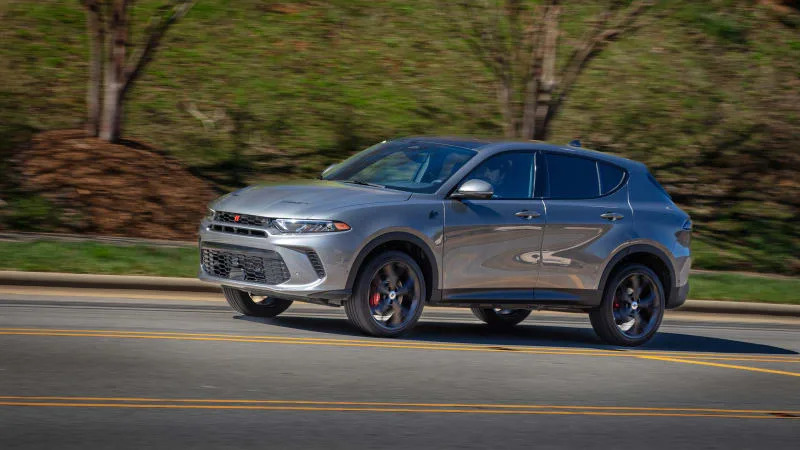
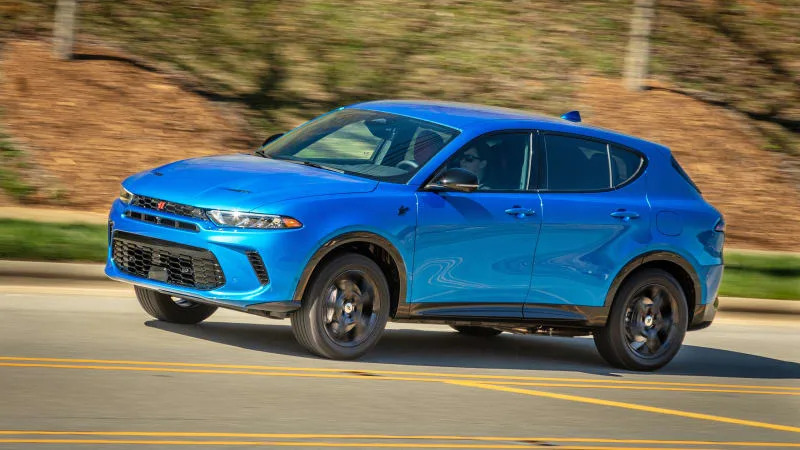
Hornet GT left, Hornet R/T right. Yeah, we can't tell them apart, either.
What's the Hornet like to drive?
The Hornet is for all intents and purposes a rebadged Alfa Romeo Tonale. For those not familiar with the Italian brand, Alfas have long been known for being some of the most enjoyable cars to drive. That DNA is certainly shared with the Hornet, and while you shouldn’t expect Giulia moves in a small SUV body, it’s nevertheless a far sharper thing to drive than every mainstream compact SUV not built by Mazda. It’s reasonably composed and responds competently to assertive inputs, though less so in the R/T due to its extra weight. Steering response and feel are very good, and the standard Koni Frequency Selective Damping shocks competently manage body motions while also rounding off rougher edges of potholes and expansion joint impacts. The Track Pack goes one step further with adjustable dampers that differ based on drive mode. With either suspension, the ride quality is certainly on the firmer, sportier end of the spectrum.
Note that there is going to be a GLH package (Goes Like Hell) for the GT and likely the R/T, which adds a lowered suspension, a cat back exhaust, unique 20-inch wheels and unique design flourishes. We haven’t driven a Hornet GLH yet, nor was there official pricing or updated details about it at the time of this writing.
The GT’s standard turbo engine eats uphill onramps for breakfast, shrugs off elevation with aplomb and never feels outmatched despite the rather hefty 3,700-pound curb weight. Engaging Sport mode tells the transmission to hold onto gears longer and makes the throttle even more responsive. If you’ve got “power!” high up on your compact SUV priority list, look no further.
OK, so maybe you can look a bit further, because the R/T plug-in hybrid has even more power(!) and shaves nearly a full second off the 0-60-mph time (5.6 vs 6.5) despite weighing considerably more (batteries are heavy). It certainly is quick, but there are some refinement issues. When accelerating around a corner, especially from a stop, there is some torque steer as if the R/T was a front-driver. It’s not, but it’s possible the electric-only rear axle can’t quite keep up with the gas/electric combo up front. Shifts from the six-speed automatic can also be a bit oddly timed, especially when driven aggressively. Happily, that just provides an excuse to use the huge, beautiful, metal shift paddles gifted to the Hornet from Alfa Romeo. This transmission could be the best in the world when left to its own devices and you’d still want to use the paddles.
What other Dodge Hornet reviews can I read?
Dodge Hornet First Drive Review: 268 reasons to be abuzz
A deeper dive into the Hornet's design, engineering and connection with Alfa Romeo. There are also more comprehensive driving impressions of the GT and R/T.
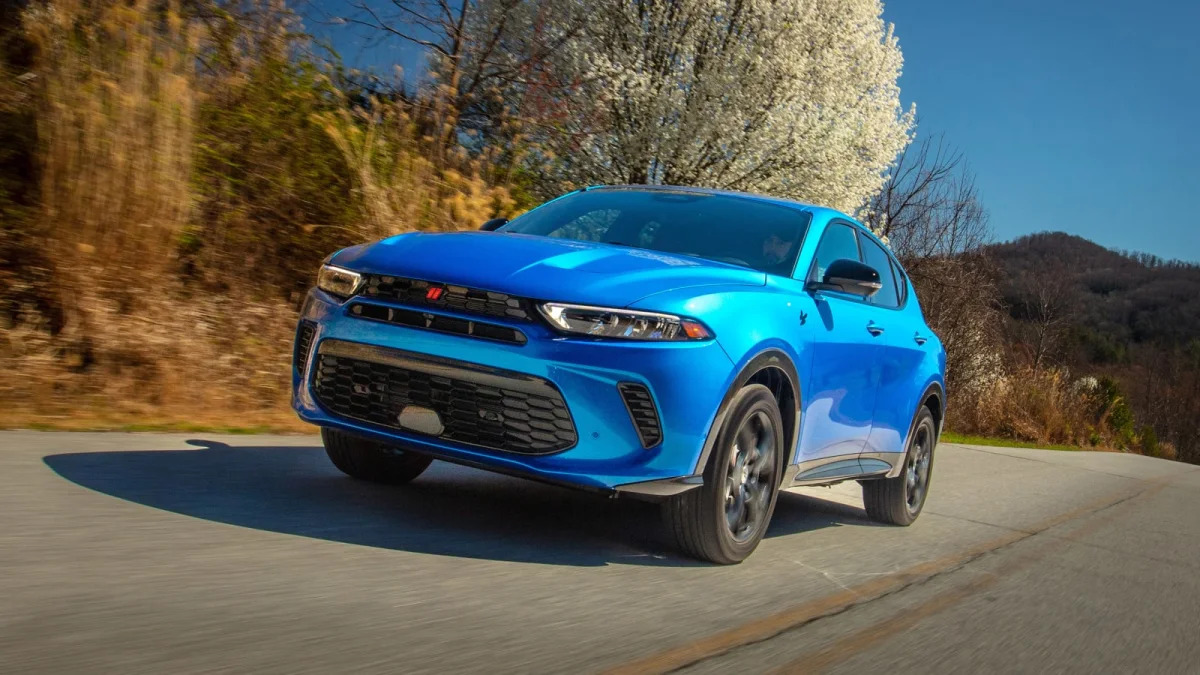
What is the 2024 Hornet price and where is it made?
The Hornet is built in Italy alongside its mechanically related sibling, the Alfa Romeo Tonale. Pricing starts at $32,330 for the Hornet GT, including the mandatory (and hefty) $1,595 destination charge. This is pricier than various mainstream compact SUVs, including those that also come standard with all-wheel drive. On the one hand, this is countered by having far more standard power. On the other hand, it is considerably smaller. Standard equipment is similar to other base models.
Besides the plug-in hybrid powertrain, key upgrades for the R/T include a Brembo brake upgrade, a quicker steering ratio, power driver seat, heated front seats and steering wheel, special design flourishes and giant paddle shifters.
The Plus versions of both Hornet models include a sunroof, power liftgate, leather upholstery, ventilated front seats and a Harman Kardon sound system. A key option package is the Track Pack, which adds 20-inch wheels, a dual-mode adaptive suspension, a sport steering wheel and Alcantara upholstery with red accents (the car pictured above has this package). There will also be a GLH package for the GT that raises the handling bar even higher, but there were no further details about that at the time of this writing.
All prices below include the destination charge, and as the Hornet is built in Italy, the R/T is not eligible for federal EV tax credits.
- GT: $32,330
- GT Plus: $37,330
- R/T: $42,530
- R/T Plus: $47,530
What are the Hornet safety ratings and driver assistance features?
The Hornet had not been crash tested by a third party at the time of this writing.
Standard advanced driver assist systems include full-speed forward collision warning with pedestrian/cyclist detection and automatic emergency warning, lane-keeping assist, rear parking sensors, blind-spot and rear cross-traffic warning, and adaptive cruise control. The Tech pack available on all trim levels adds lane-centering steering assist and stop-and-go capability to the adaptive cruise control system, along with drowsy driver detection, front and side parking sensors, a 360-degree parking camera, a parallel and perpendicular automated parking system, and a leather-wrapped steering wheel, which obviously has nothing to do with technology, but is included nevertheless.
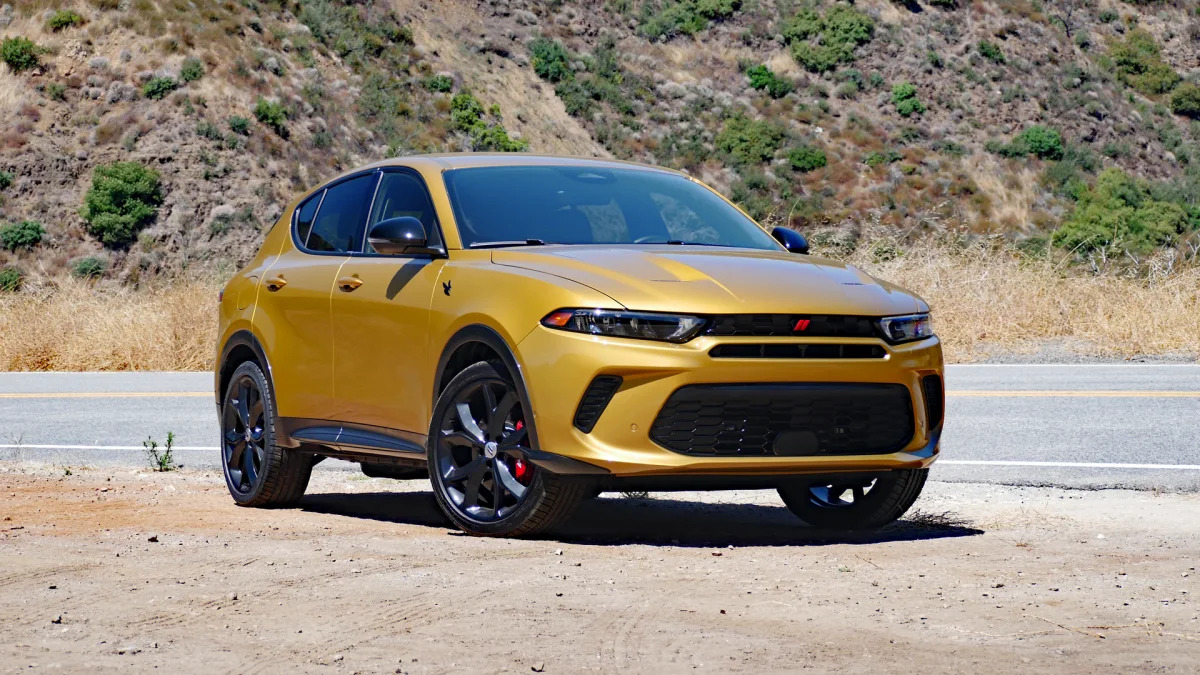
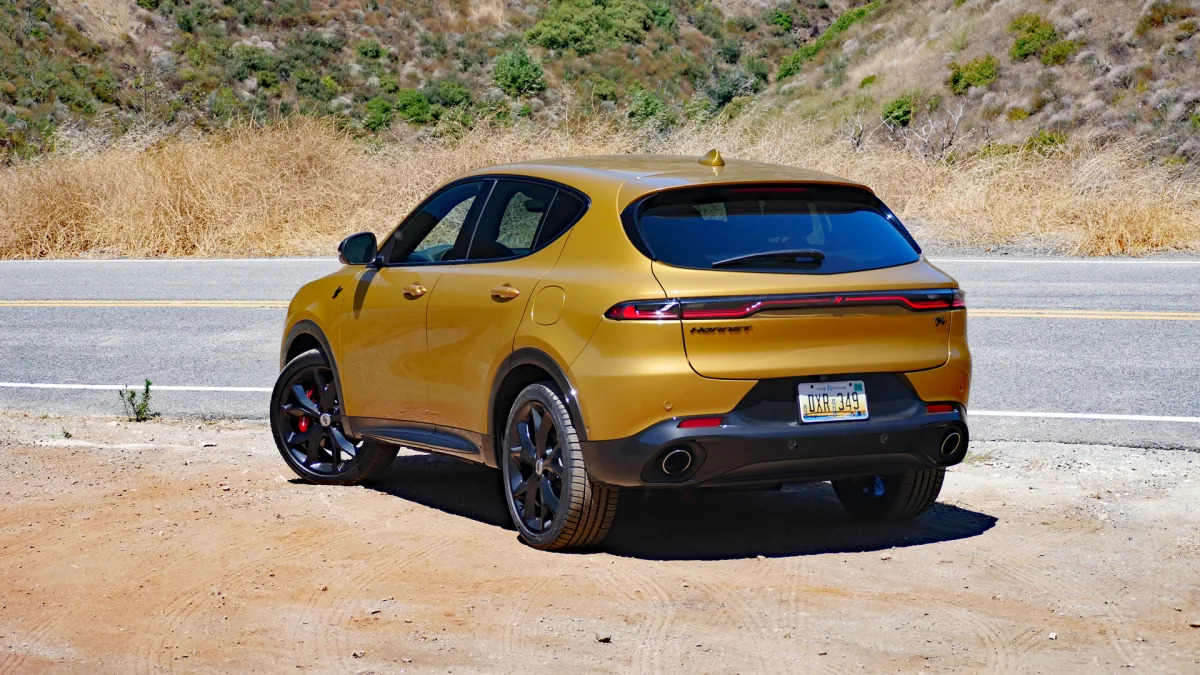
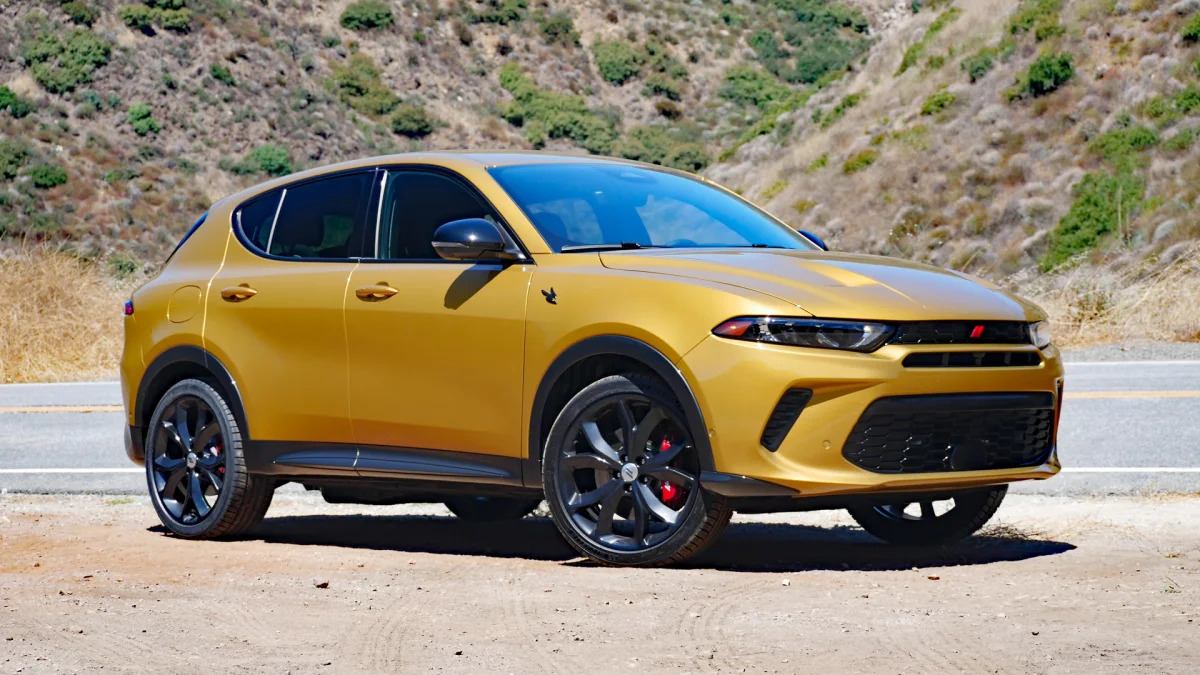
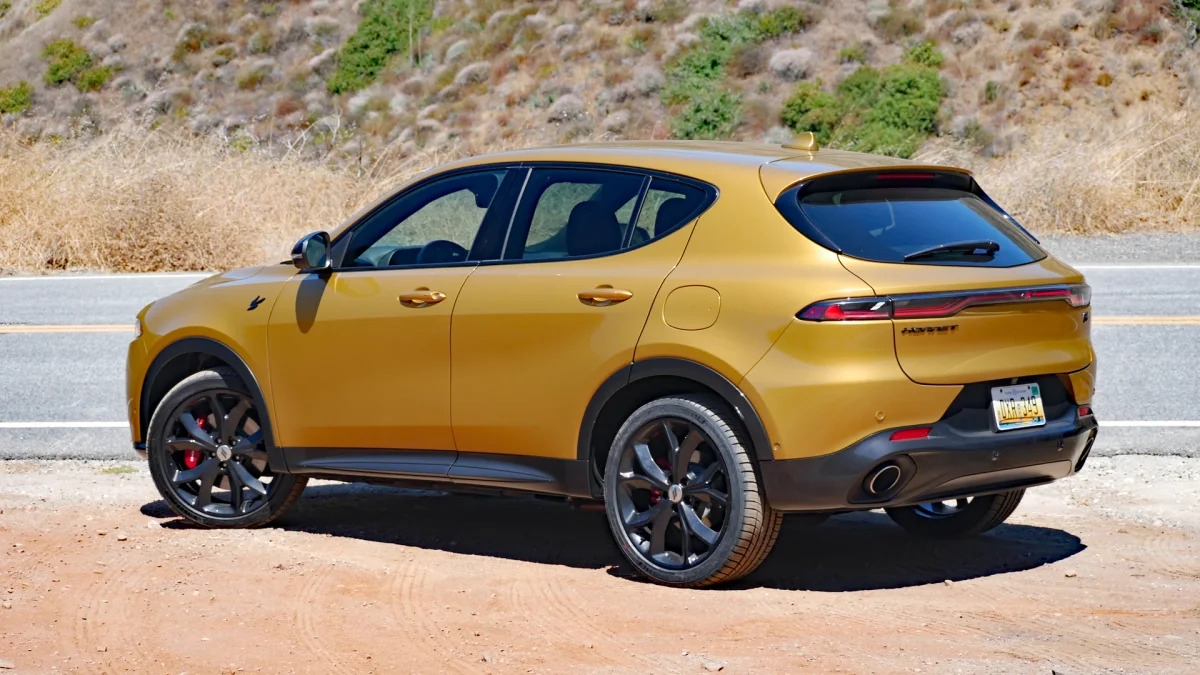
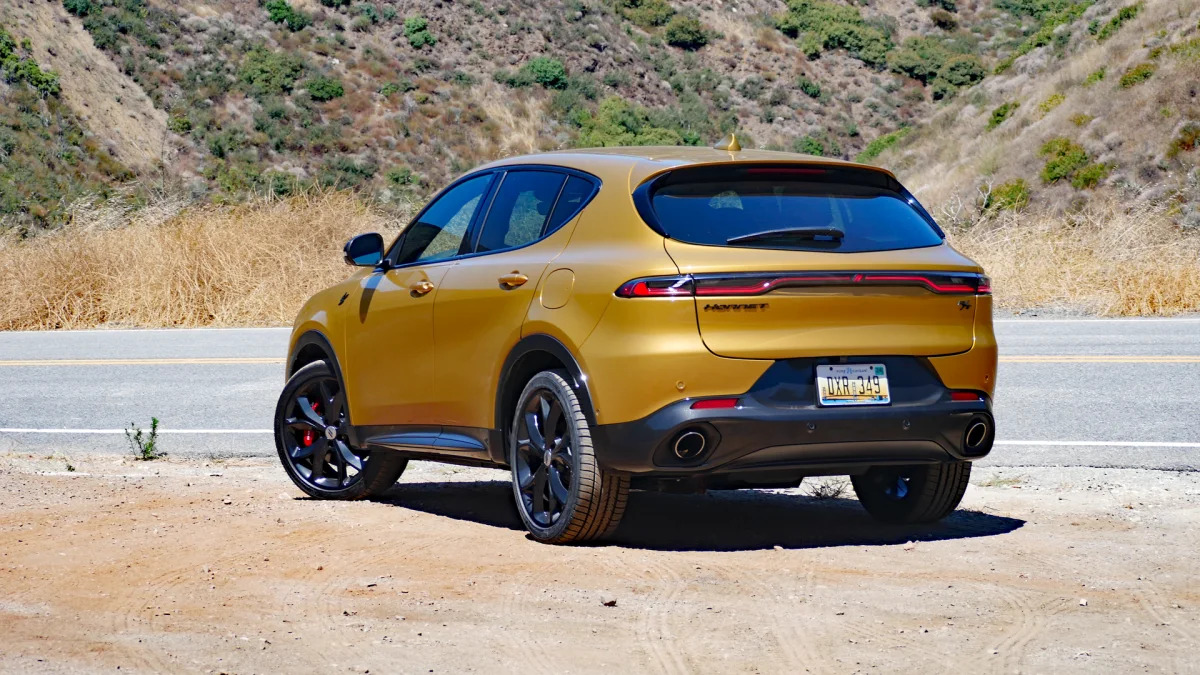
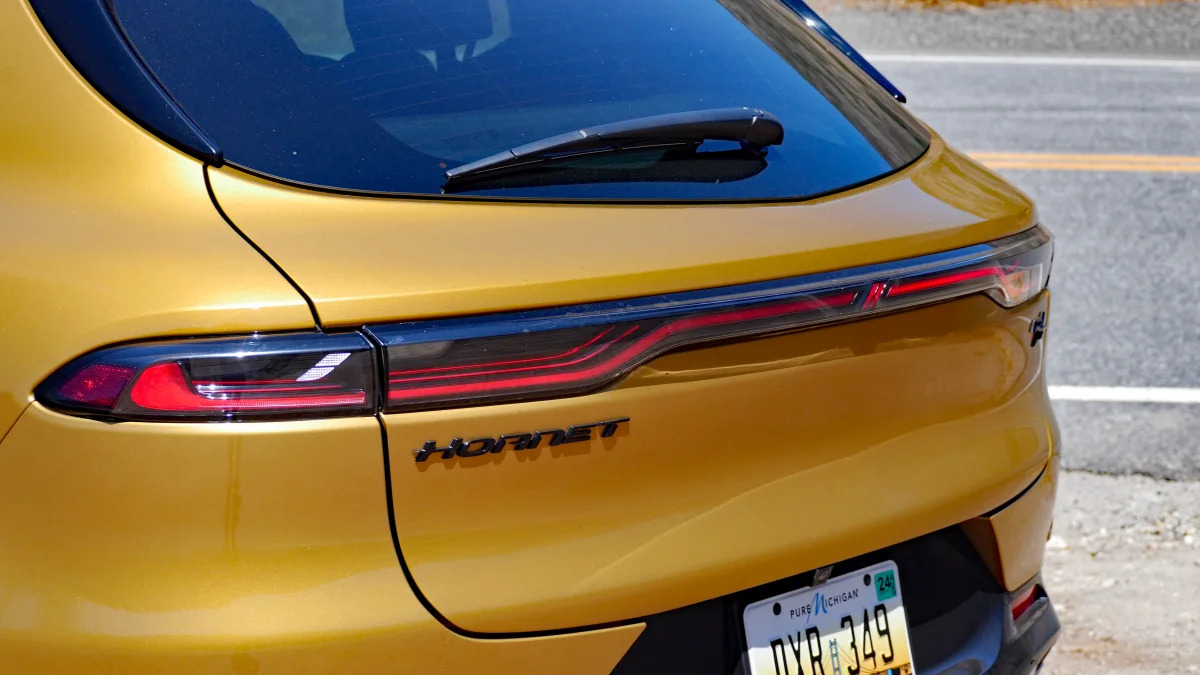

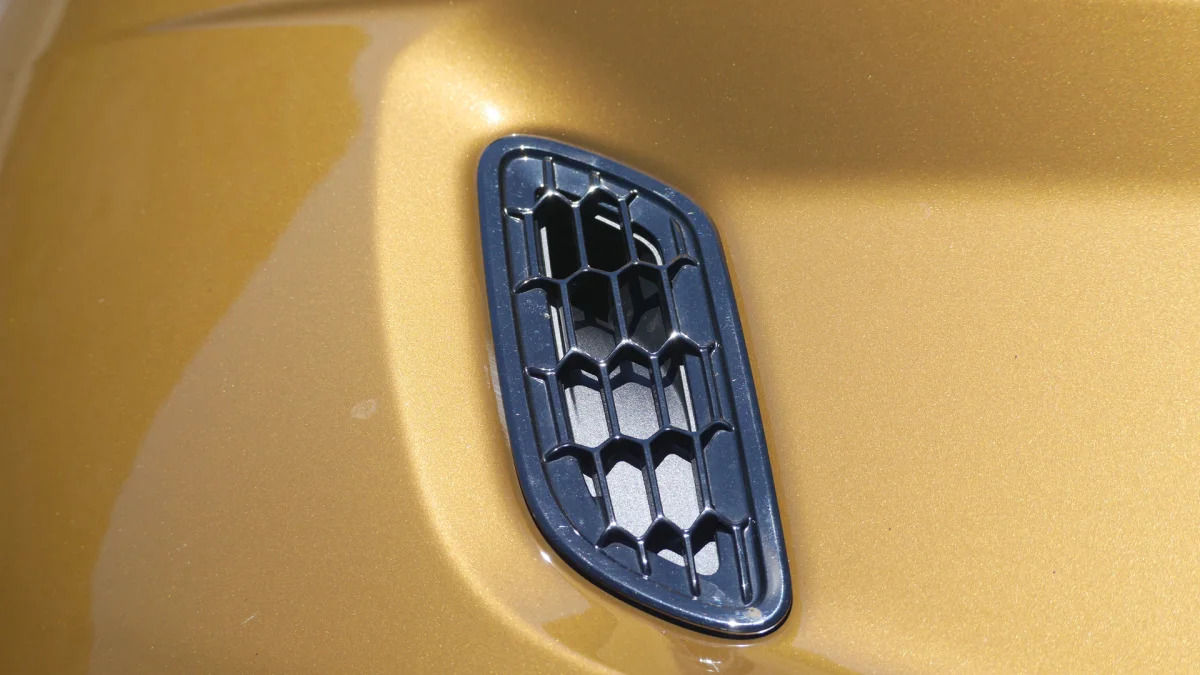
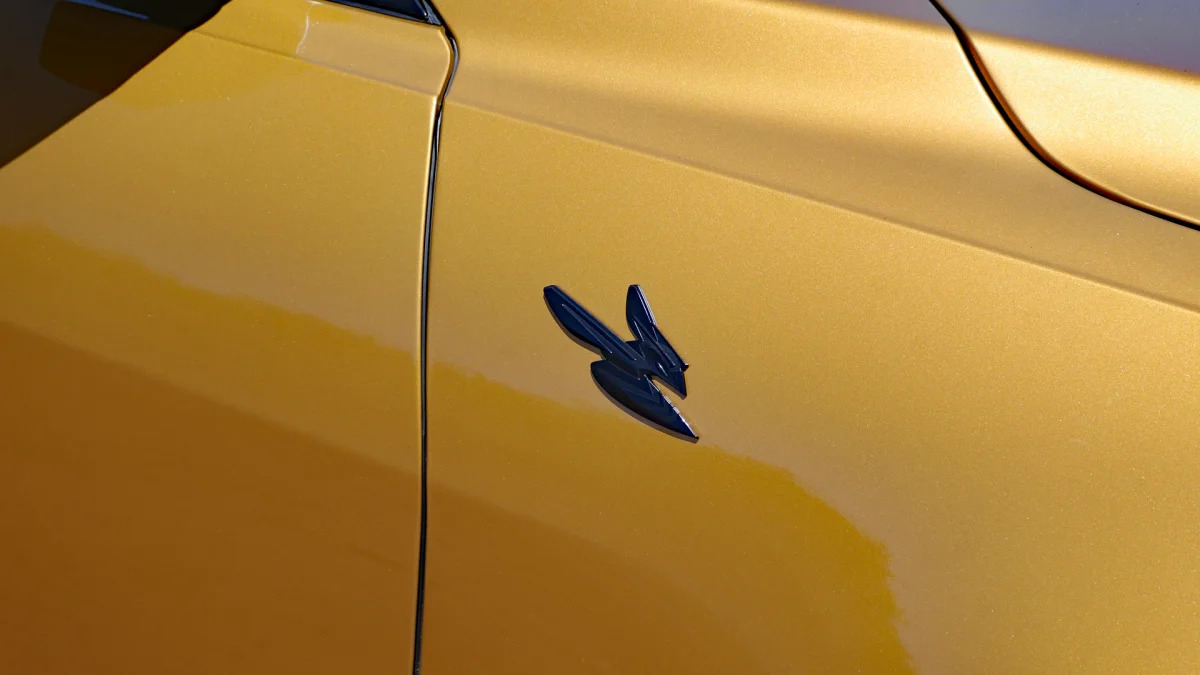

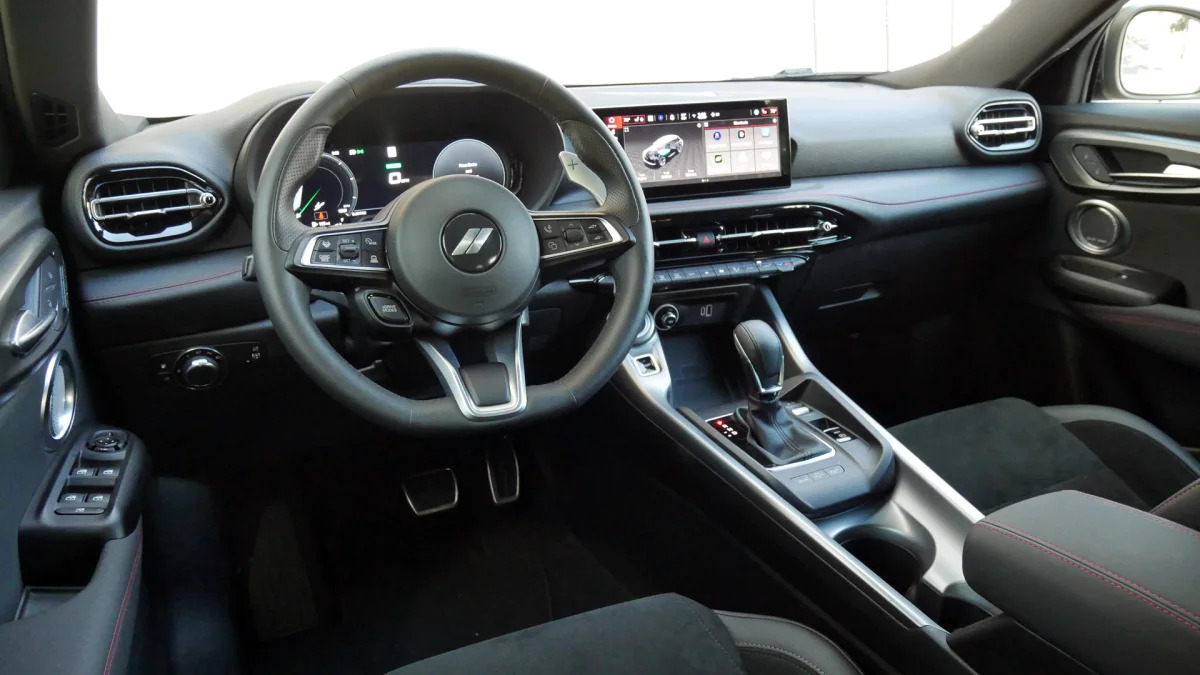
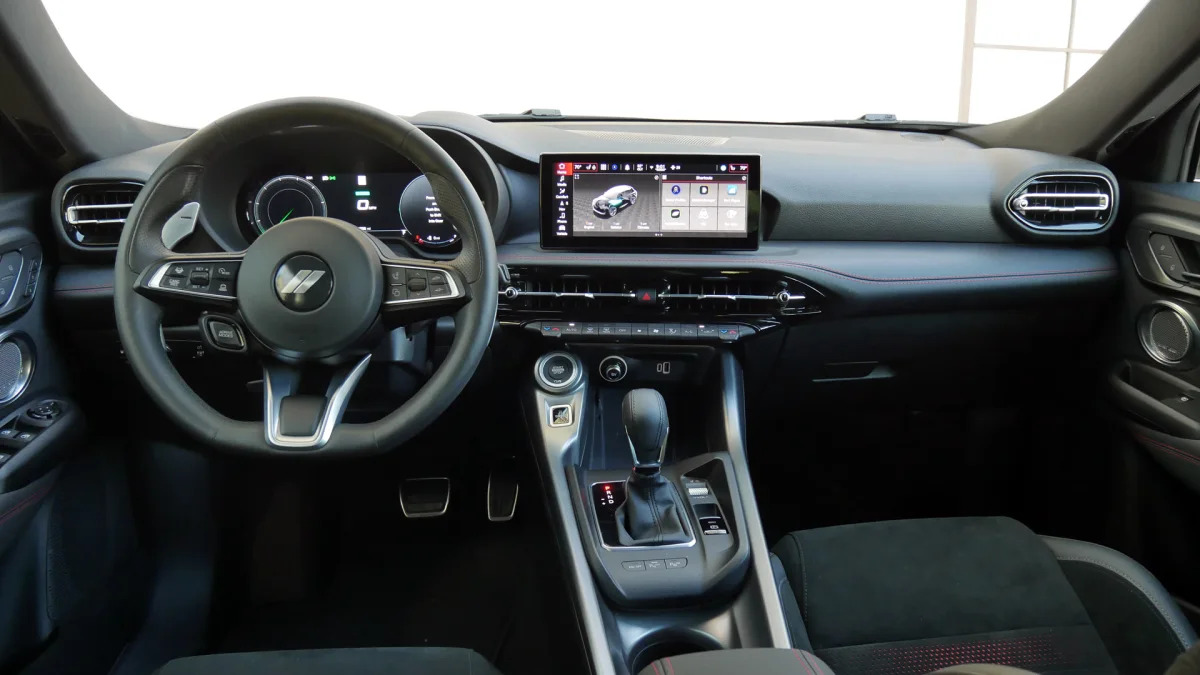
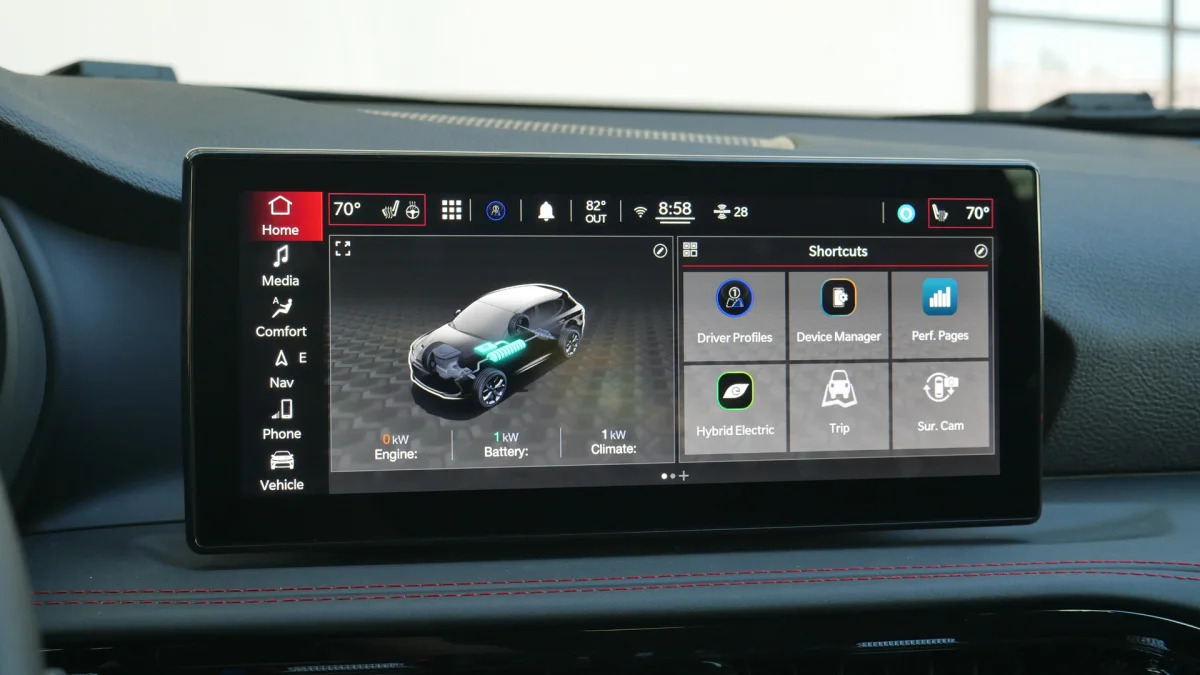

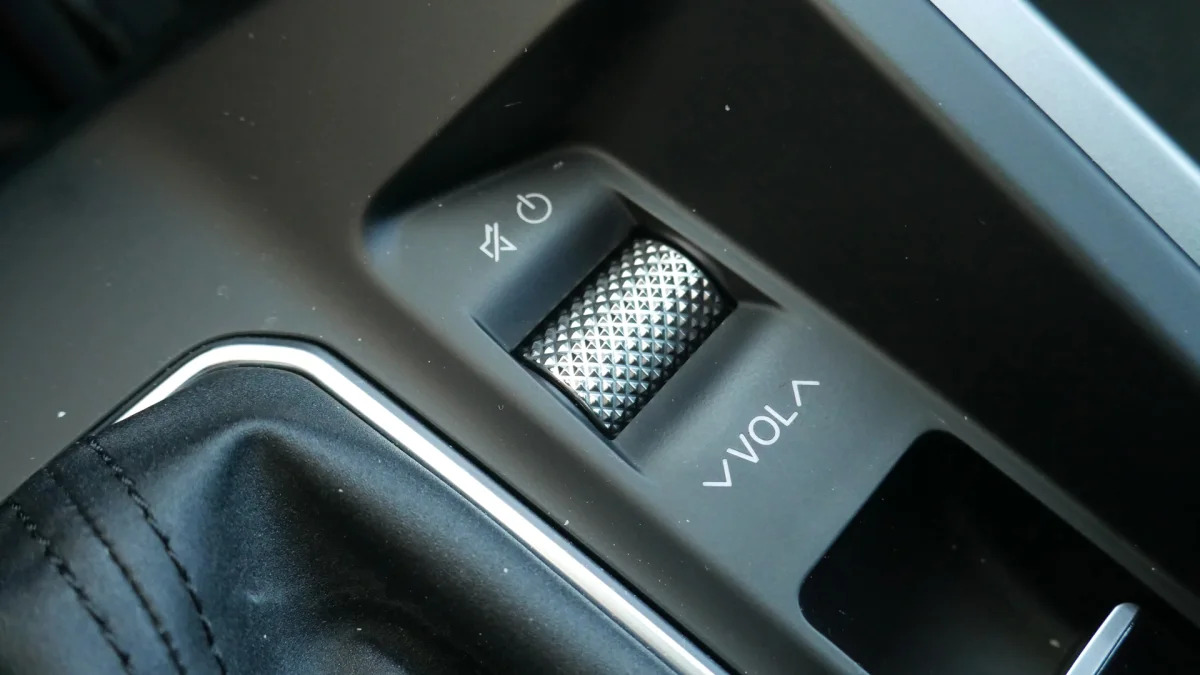

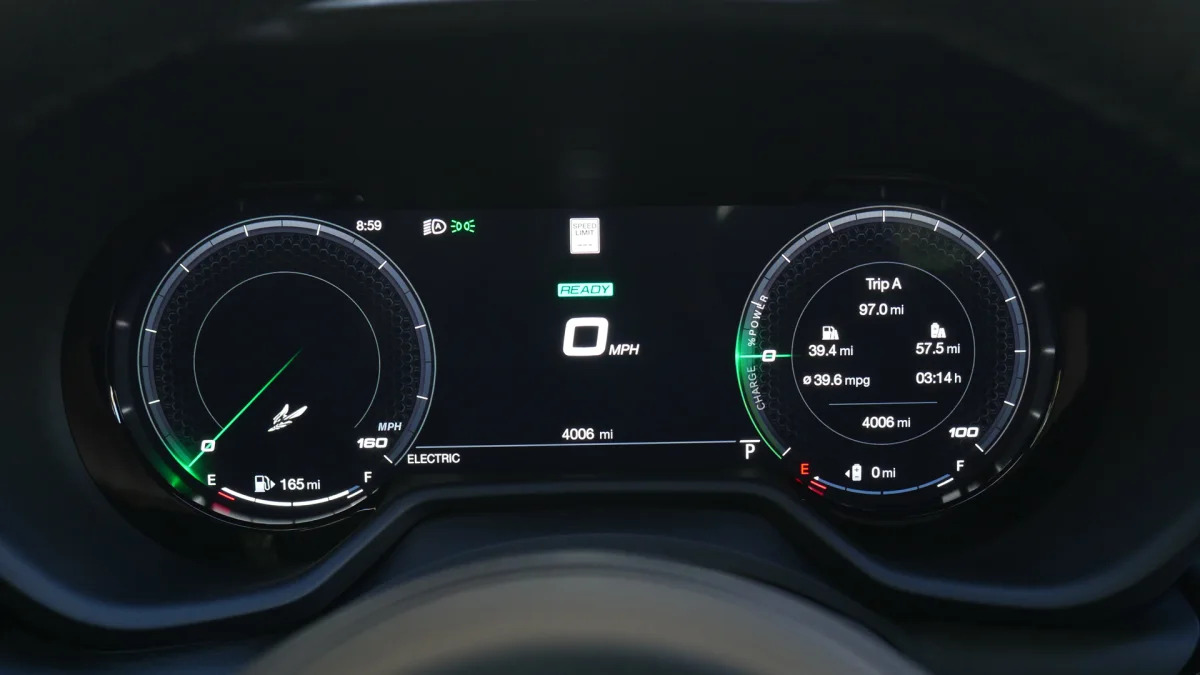
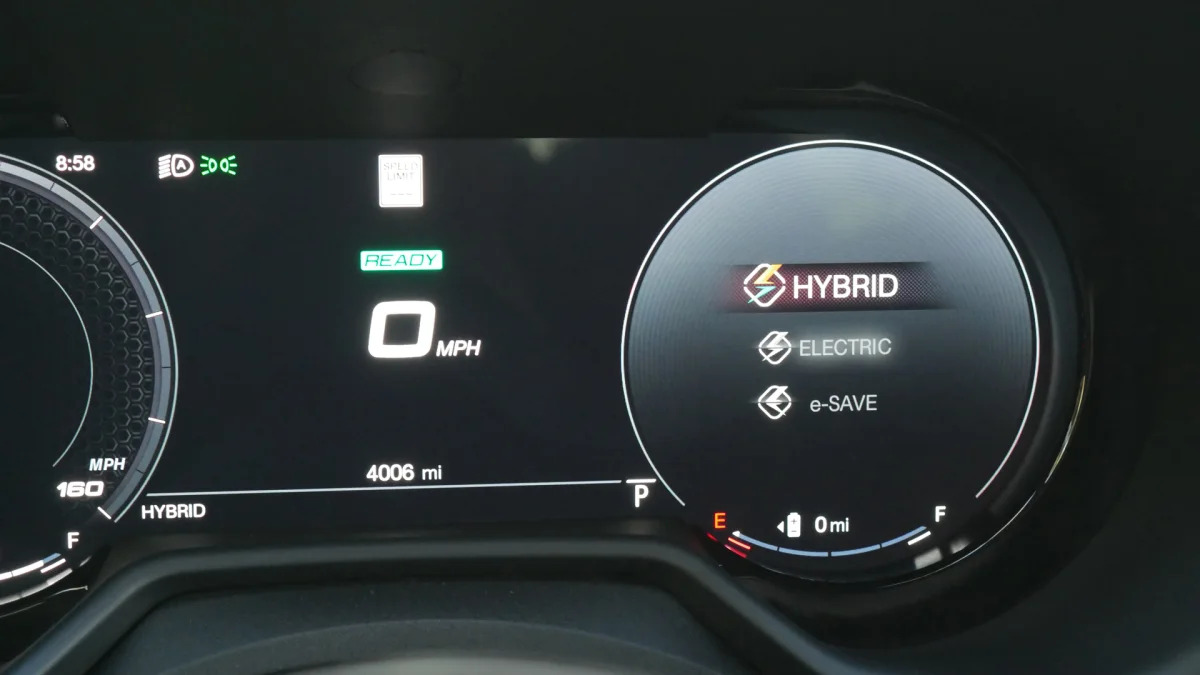
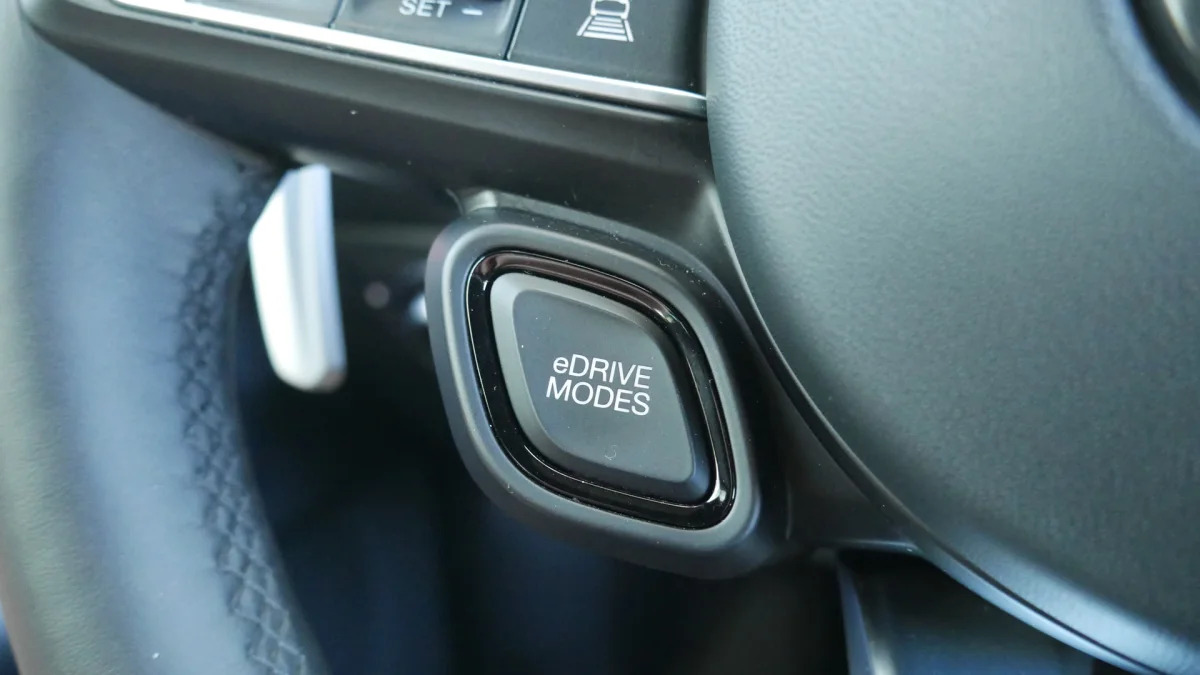
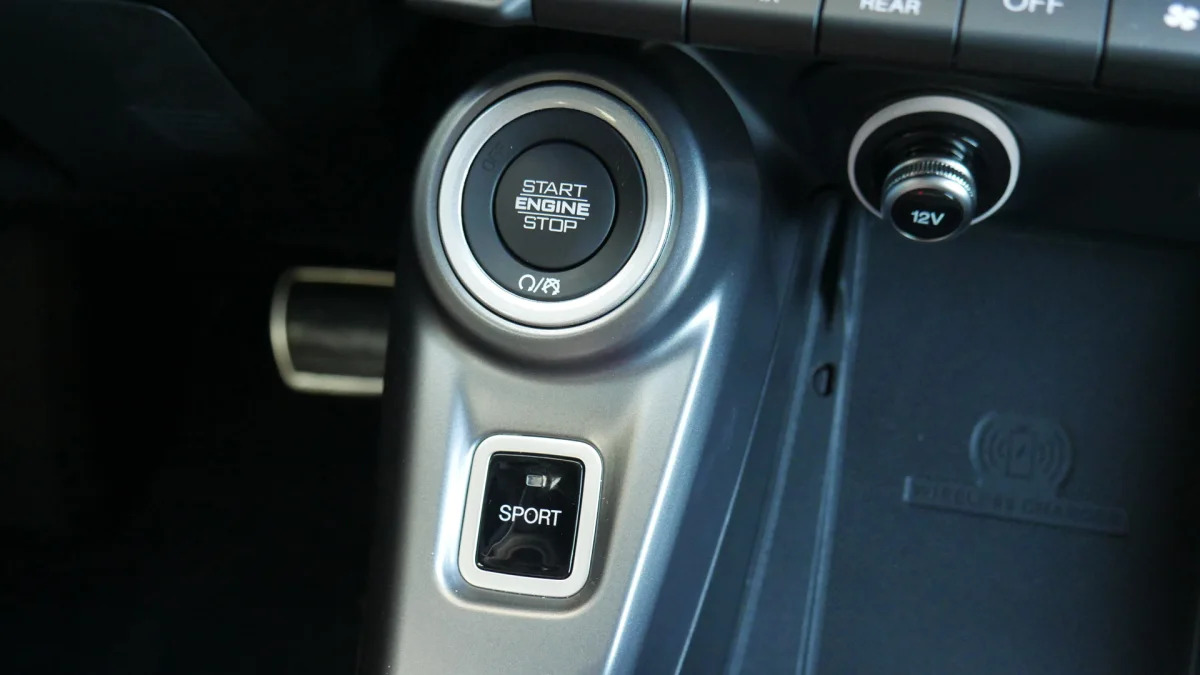

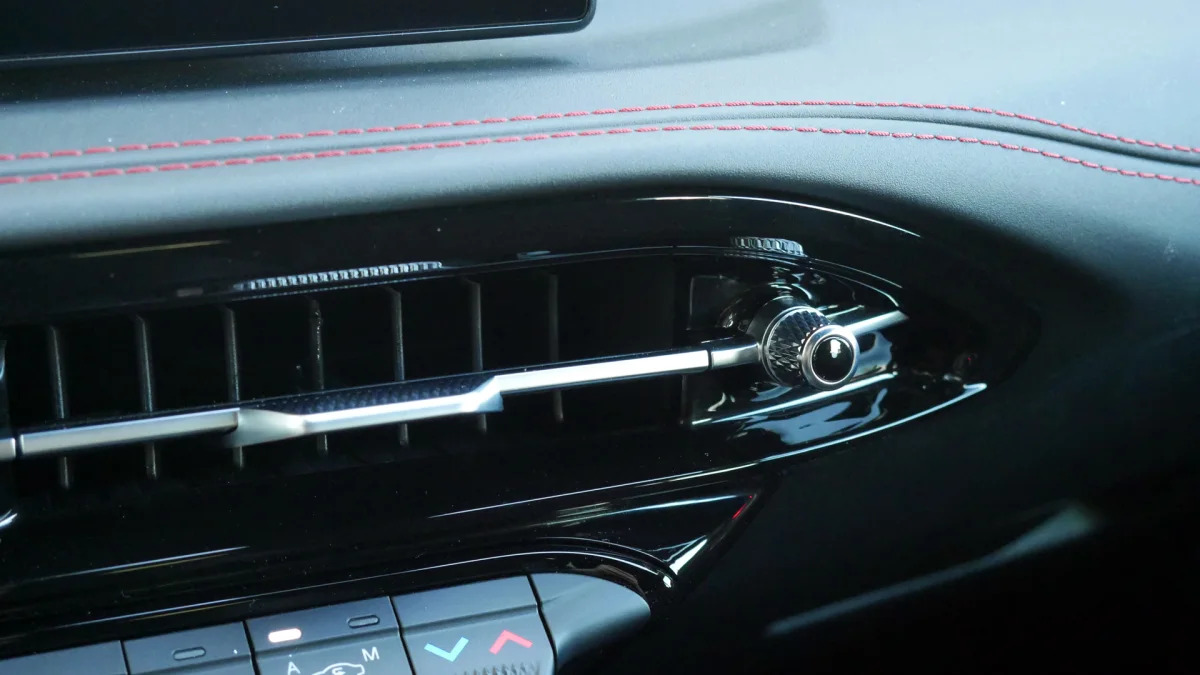

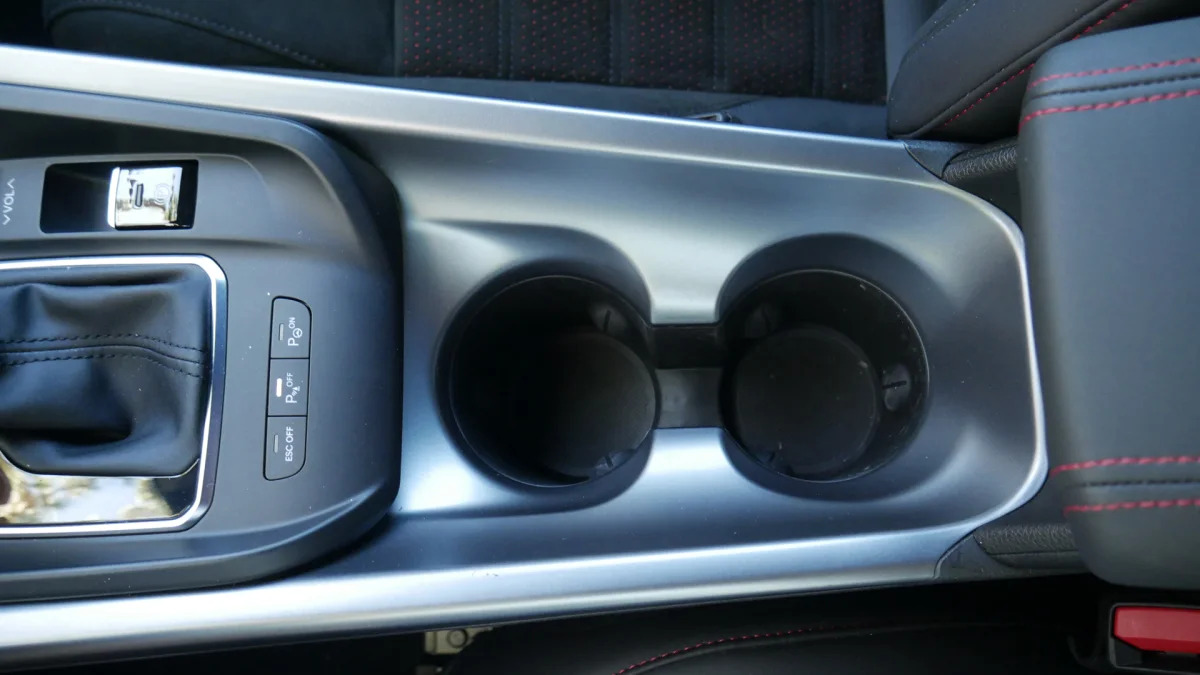
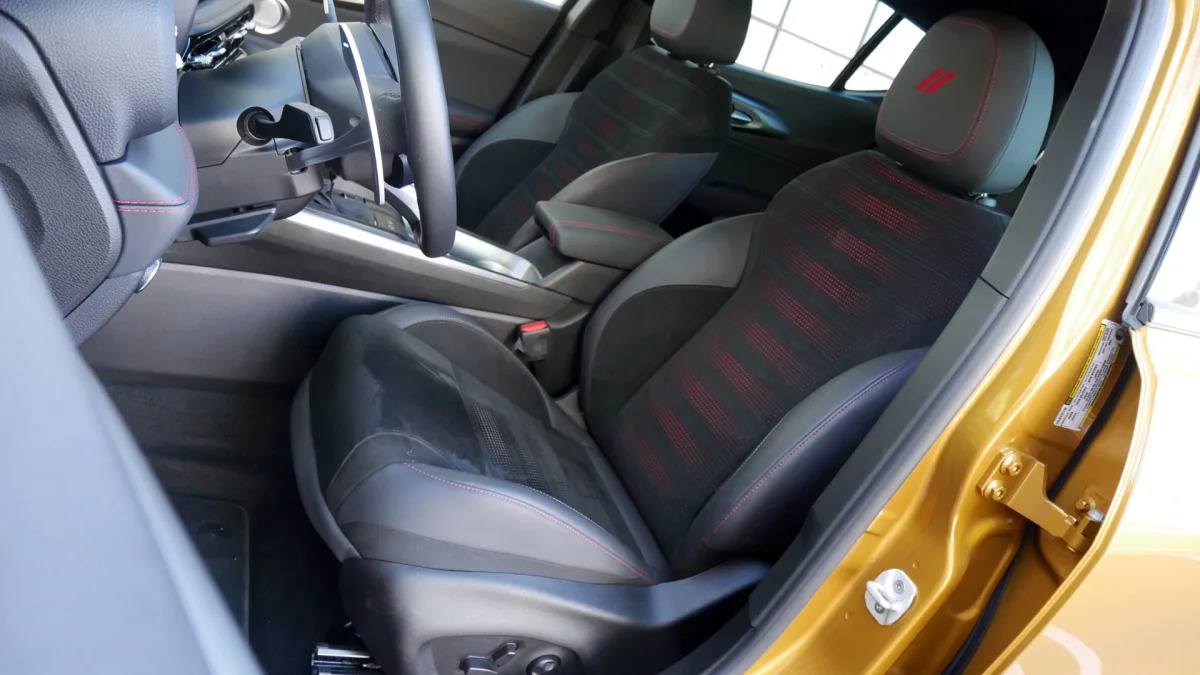
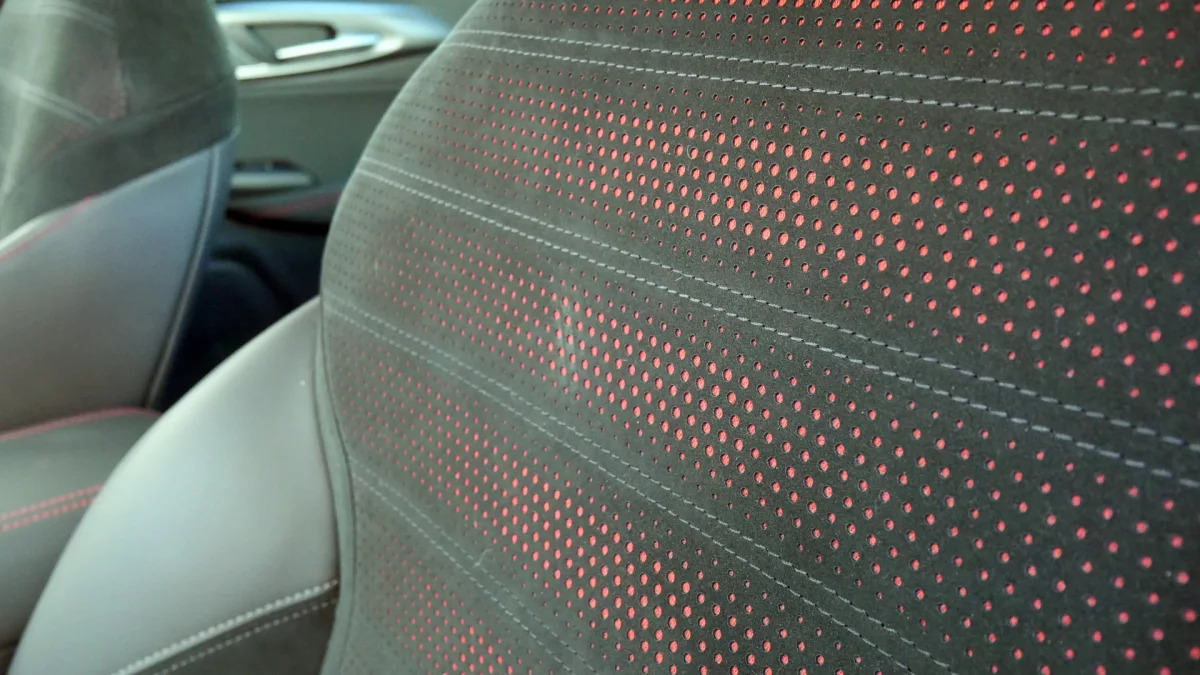
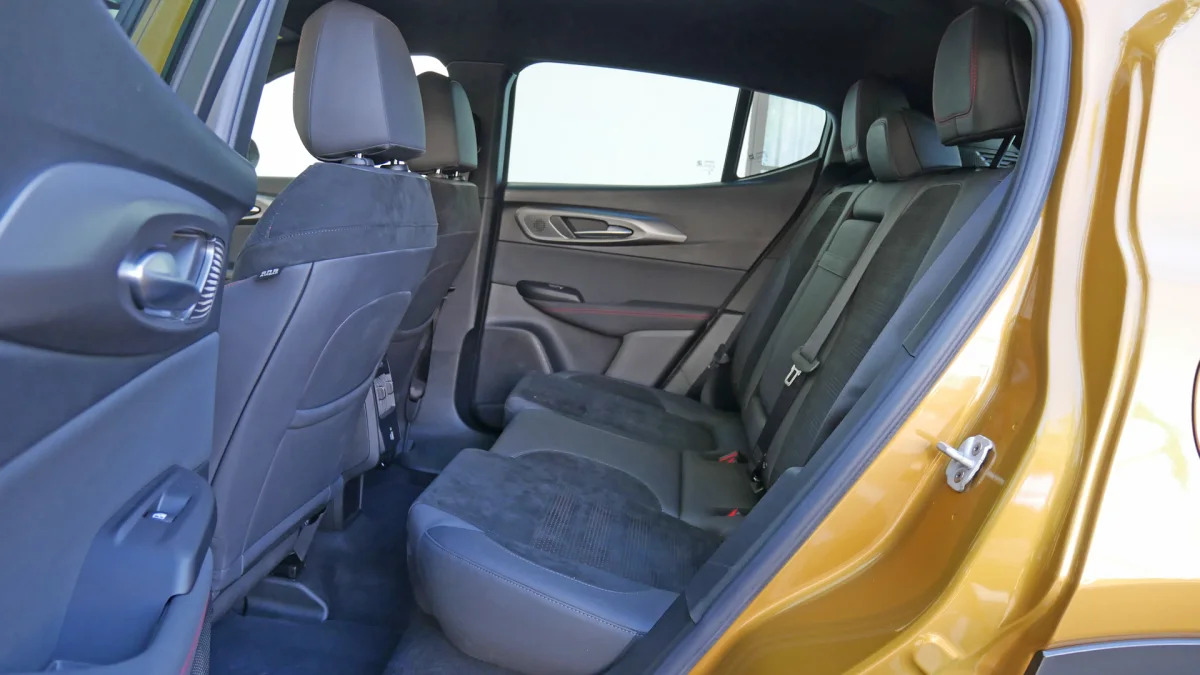





































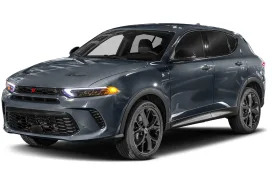
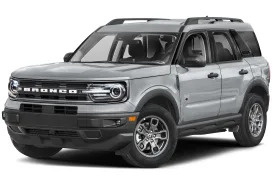

Sign in to post
Please sign in to leave a comment.
Continue